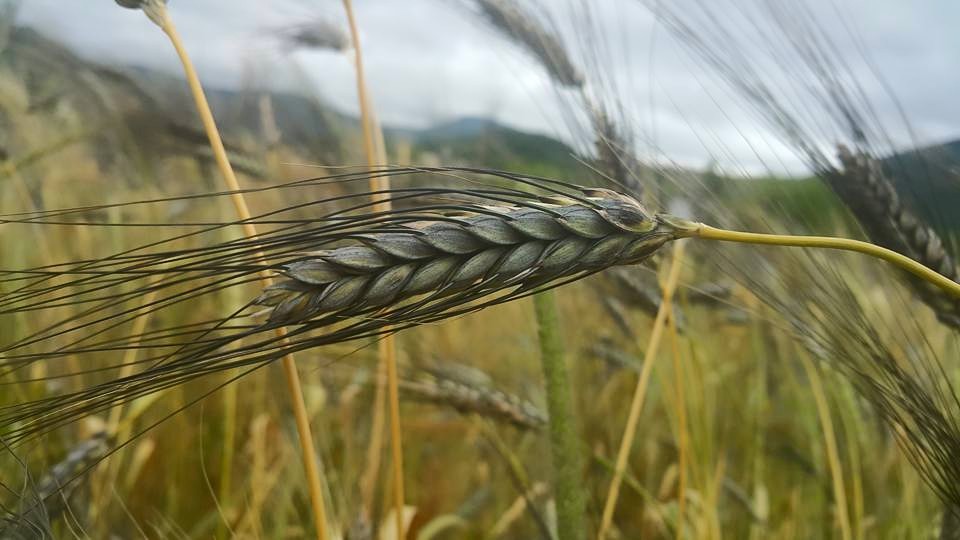A tough decision for 2016 is quickly approaching
As margins tighten, farmers look for areas to cut. Politicians are doing the same. Crop insurance has found itself on the table for discussion in both instances.
The Barack Obama administration’s 2017 budget proposal, released in mid-February, proposed reforms that included $18 billion in savings over the next decade from reduced coverage on crop insurance policies and changes to prevented planting coverage.
The proposal ruffled some feathers in the House and Senate.
“While this budget request moves us forward on many fronts, I disagree with the President’s suggestion that we make additional cuts to crop insurance,” says Senator Debbie Stabenow (D-Mich.). “The 2014 farm bill made significant reforms to the way we provide risk management tools to our farmer and ranchers. It’s important that we keep the farm bill intact to provide the full five-year certainty promised in that bipartisan bill.”
Independent of these proposed changes at the federal level, a recent Farm Journal Pulse poll revealed farmers often tinker with their level of crop insurance coverage, sometimes forgoing it completely.
 |
More than 1,400 farmers responded to the poll, which asked, “How will you handle crop insurance this year?” The majority (63%) do not anticipate significant changes for 2016.
The remainder is split evenly among three potential options. Twelve percent of farmer–respondents they will raise coverage to protect against more risk. Another 12% say they will lower coverage to reduce premium costs. The remaining 13% say they do not carry crop insurance.
Farm revenue management firm AgYield refers to crop insurance as “the backbone of the marketing plan.”
“We don’t offer crop insurance, but we still recognize its importance to the grower,” says Dustin Johnson, senior consultant with AgYield. “It’s not just a backstop to prevent financial catastrophe, it provides the confidence to market bushels while the price is favorable, long before the producer knows his or her actual yield.”
Approaching crop insurance with the right attitude is important, Johnson adds. Is the goal to bet on an insurance payout, or is it a systematic means to lower risk?
“How you use a crop insurance policy is part of the answer,” he says.
Crop Insurance Decision Tools
The University of Illinois farmdoc website revamped its crop insurance section and added two new tools. The iFarm Premium Calculator helps farmers develop customized estimates of their crop insurance premiums and compare yield and revenue guarantees across all crop insurance products and elections for their farm. The calculator shows a quick and simple comparison between farm and area-level insurance products in cost and guarantee values.
The iFarm Payment Evaluator helps farmers compare cost and risk reduction across all available crop insurance alternatives using current volatility estimates and prices that are updated until establishing final values. Updated for 2016, this tool estimates premiums for available products for basic and enterprise units by coverage level. It also provides anticipated frequency of payments, average payment per acre, net cost per acre and risk reductions.
Source - agweb.com














